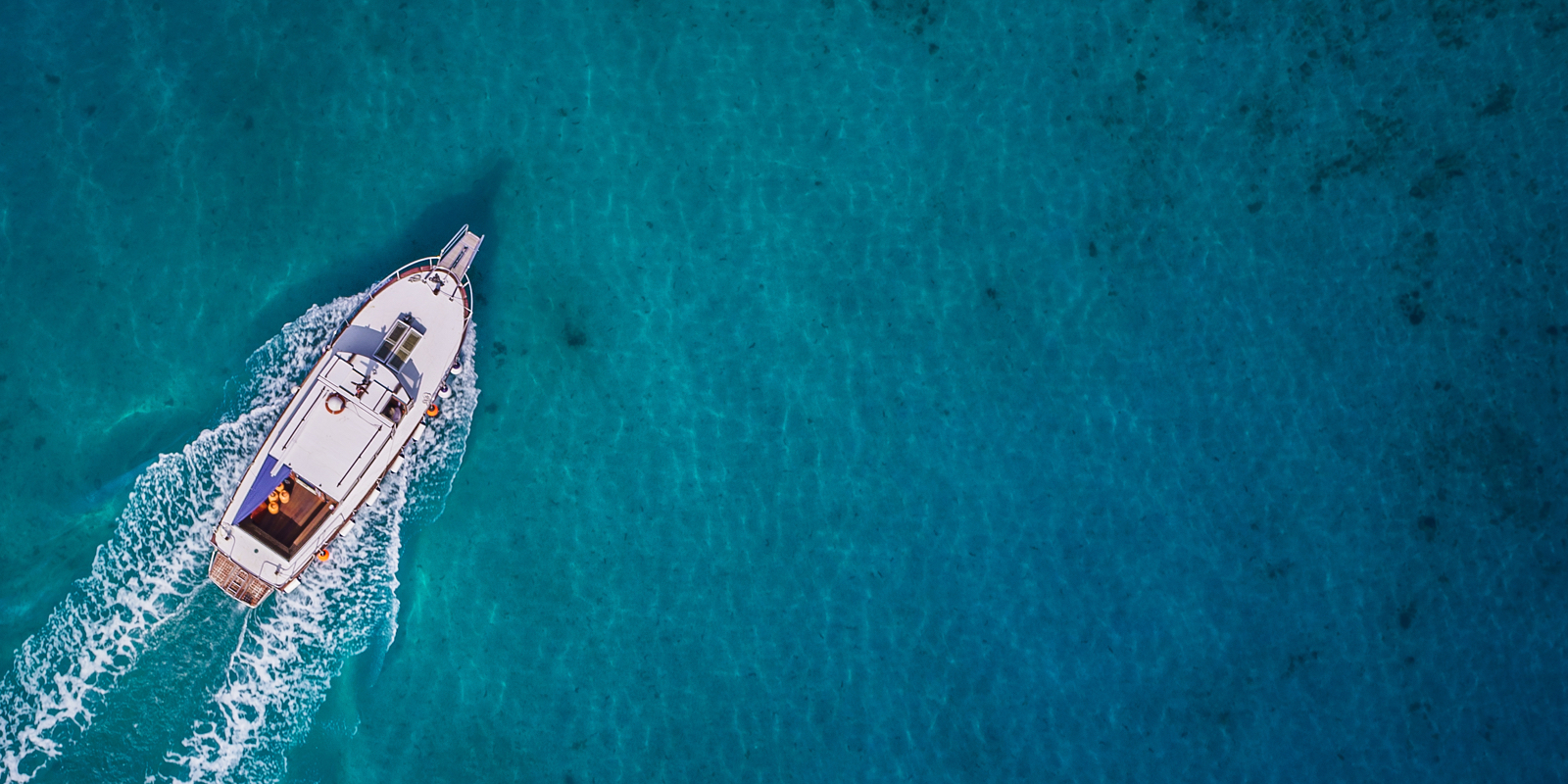CONNECT WITH THE ENVIRONMENT
Kayaks open a new world of boating that’s more reliant on fitness and skill, rather than expensive engines or demanding crews.
Kayaks also encourage you to slow down. A waterway such as Sydney Harbour can be explored by powerboat in a day. However, a kayak would take weeks… and in doing so the paddler would discover a different harbour.
Not only does a kayak provide access to shallow and otherwise inaccessible areas, you also take in more of your environment while moving at a slower speed. The fish and bird life feel less threatened and the experience of being outdoors becomes complete.
Regardless of your skill level, there’s a kayak for everybody.


